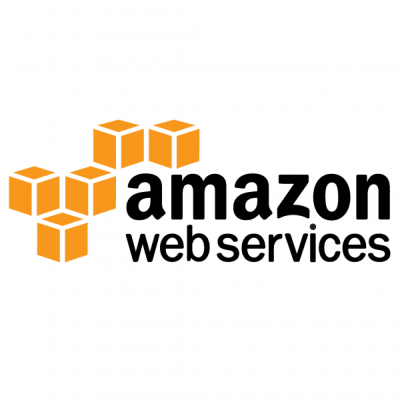
Introduction
Working with Amazon Web Services (AWS) technologies for the first time can be confusing sometimes. The most commonly perplexed situations in an AWS environment (apart from the billing structure) are the different AWS terminologies. Things like EC2, S3, EIP etc. can be overwhelming.
There are immense features offered by AWS to discuss. Although, this article covers a few basic services which helps to understand and get started with AWS.
Disclaimer: AWS has a pay-as-you-go billing model. Readers are advised to go through the AWS billing/ pricing documentation and FAQ’s before making a decision.
AWS Management Console
AWS Management Console is a web-based interface for managing most of the AWS environment technologies.
The AWS Management Console, is used to create EC2 instances, configure S3 and CloudFront for content delivery and lot more. Don’t worry, I am going to start explaining all this now ![]()
Elastic Cloud Compute (EC2)
Elastic Cloud Compute (EC2) is a virtual machine that is created in the AWS Management Console. Each virtual machine created is called an “instance”.
There are multiple types of EC2 instances. They are broadly classified as: –
- General PurposeThis family includes the M1 and M3 instance types (Popular use cases: Small and mid-size databases, data processing, encoding, caching, SAP, Microsoft SharePoint and other enterprise applications.)
- Compute-optimizedThis family includes the C1, CC2, and C3 instance types (Popular use cases: High-traffic web applications, ad serving, batch processing, video encoding, distributed analytics, high-energy physics, genome analysis, and computational fluid dynamics.)
- GPU InstancesThis family includes G2 and CG1 instance types (Popular use cases: Game streaming, 3D application streaming, and other server-side graphics workloads, Computational chemistry, rendering, financial modeling, and engineering design.)
- Memory-optimizedThis family includes the M2 and CR1 instance types (Popular use cases: High performance databases, distributed memory caches, in-memory analytics, genome assembly and analysis, and larger deployments of SAP, Microsoft SharePoint and other enterprise applications.)
- Storage-optimizedThis family includes the High Storage Instances, HS1 and High I/O Instances, I2 and HI1 (Popular use cases: NoSQL databases like Cassandra and MongoDB, and scale out transactional databases, Data warehousing, Hadoop, and cluster file systems.)
- Micro InstancesMicro instances are a very low-cost instance option, providing a small amount of CPU resources (Popular use cases: Low traffic websites or blogs, small administrative applications, bastion hosts, and free trials to explore EC2 functionality)
Source: AWS Instance Types
Elastic Block Store (EBS)
Amazon Elastic Block Store (EBS) are virtual disk drives which are attached to EC2 instances. Each EBS created is called a “volume”.
The EBS volumes can be “attached” or “detached” to EC2 instances as required. The size of a particular EBS volume can be specified at the time of its creation along with the required file system and partitions.
Elastic IP Address (EIP)
Elastic IP Address (EIP) is a static IP specifically to associate with an EC2 instance. When an EC2 instance is created a dynamic IP address is assigned to it by default. The dynamic IP address changes if a reboot is initiated on the instance. Hence to counter this situation an EIP is associated with an instance to keep it static.
Simple Storage Service (S3)
Simple Storage Service (S3) is a cloud based storage service.
Static assets like images, cascading style sheet (CSS) files etc. used in web applications can be stored on S3. The S3 can be used to store data backups as well.
CloudFront
CloudFront is a content delivery system offered by AWS. CloudFront can be connected with S3 so that the static files are delivered in an efficient way.
CloudFront integrates with other Amazon web services to provide an easy method to distribute content.
Conclusion
The AWS environment technologies explained in this article are to provide a basic understanding to get started with Amazon AWS.
We will try to bring in more parts and series of AWS related articles and tutorials.
Till that time, stay tuned and go ahead explore more and get to know more about AWS.
Feel free to drop in you’r comment below ![]()
